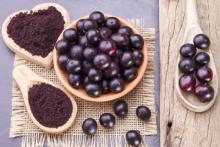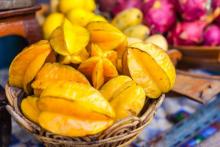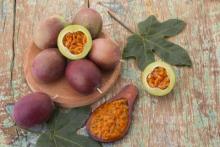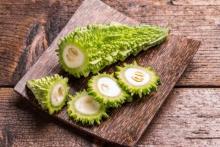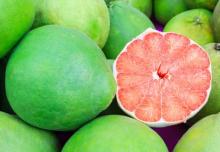Superfood 101: Acai!
Acai berries are a member of the family Arecaceae or Palm family of the genus Euterpe Mart., commonly known as palm P, containing the species Euterpe oleracea Mart. or Assai palm P. The plant is native to the Amazon jungle and the people of the area have used the berries for medicinal purposes for millennia.

